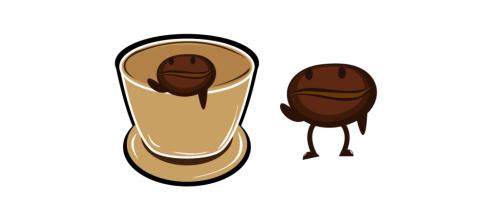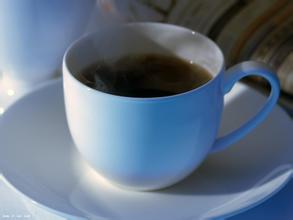Introduction to the quality characteristics and production areas of coffee beans by half-sun flavor description
Coffee treatment
The sun treatment has a very high requirement on the climate, and if you encounter a rainy day in the sun, it will make the beans moist and moldy. When drying raw beans in the sun, the color is yellow, and the center will be brown after baking, rather than the white of washed beans. Sun beans have relatively better sweetness and mellow thickness, while less sour taste, but the quality is more unstable, there will be greater fluctuations. Due to the low cost of tanning, it is widely used not only in Ethiopia and Yemen, but also in Robbins grown in Africa and Indonesia.
Yega Xuefei is a small town in Ethiopia at an altitude of 1700-2100 meters above sea level and is also synonymous with Ethiopian fine beans. Since ancient times, it is a piece of wetland in Ethiopia. [Yega] means [settle down]. [Xuefei] means [wetland], so [Yejasuefi] means [let's settle down in this wetland]. Most of Yega Xuefei's beans are washed, but there are also a small number of excellent beans that can be treated in the sun. The cost of sun treatment is much higher than that of water washing treatment, because it takes manual time to constantly turn the red coffee fruit to enhance the attractive fruit aroma and mellow thickness.
Coffee insolation (Coffee Solar treatment) the treatment of sun-baked coffee | A brief introduction to the treatment of coffee beans and raw beans
Yimutian boutique coffee farm in Yunnan.
Flavor introduction: if the washed Yega Chuefei has charming citrus, jasmine, lemon and other fragrances, the entrance of coffee is in full bloom ~ the sun Yega is more like a fruit bomb that explodes after the entrance, bold, wild, fruit-flavored syrup-like sweetness and mellow thickness in addition to its own citrus lemon aroma, blueberry and strawberry wine is amazing! The flavor is really more charming than washing Yega! even people who drink coffee for the first time can taste it directly without sugar or milk.
It is no exaggeration to say that Sun Yega knows her potential as soon as she smells raw or cooked beans.
This batch of Sun Yega got a high score of 90.2 in the SM Cup test.
In order to make it easy to check, I have made a rough translation. Can I read English or take English as the standard?

Important Notice :
前街咖啡 FrontStreet Coffee has moved to new addredd:
FrontStreet Coffee Address: 315,Donghua East Road,GuangZhou
Tel:020 38364473
- Prev

The factors affecting the export of coffee beans-- flavor quality
Coffee price drying is the cheapest, simplest and most traditional method of processing coffee beans. The basic three steps are cleaning, drying and peeling. When processing, the harvested fruit should be spread on the cement floor, brick floor or straw mat. Ideally, the fruits should be raked flat in the sun and at regular intervals to prevent fermentation. If it rains or the temperature falls,
- Next

Description of the Flavor of two Best Coffee Bean varieties in the World
Flavor characteristics: sweet in acid, low bitterness, rich in nutrition, unique sour and mellow Colombian coffee is one of the few coffee named after the country in the world, and it is also one of the most famous coffee in the world. Colombia is located in the northwest of South America, and coffee is another pride of the people of this country besides football. The streets and alleys here are full of cafes, serving students.
Related
- Guji coffee producing area of Guji, Ethiopia: Humbela, Shakiso, Wulaga
- What is the most expensive variety of Qiloso in BOP multi-variety group?
- How to store the coffee beans bought home?
- Why are Yemeni coffee beans so rare now?
- Ethiopian Sidamo all Red Fruit Sun Sun Santa Vini Coffee beans
- SOE is mostly sour? What does it mean? Is it a single bean? what's the difference between it and Italian blending?
- Is Italian coffee beans suitable for making hand-brewed coffee?
- How to choose coffee beans when making cold coffee? What kind of coffee beans are suitable for making cold coffee?
- Just entered the pit to make coffee, what kind of coffee beans should be chosen?
- Can only Japan buy real Blue Mountain Coffee? What are authentic Jamaican Blue Mountain coffee beans?

